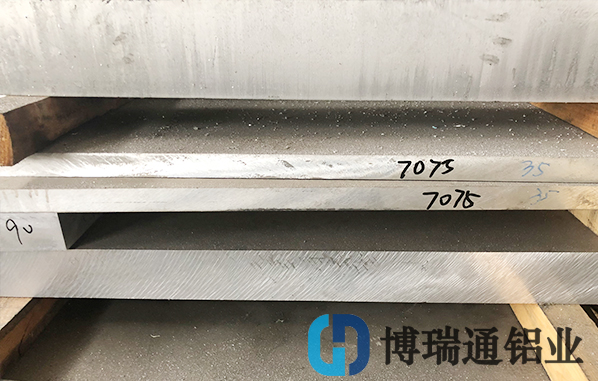There are many processing techniques for aluminum alloy materials, among which both passivation and anodic oxidation process the surface. Then 7075 aluminum plate manufacturer will introduce the difference between 7075 aluminum plate passivation and anodic oxidation.
Passivation and anodizing of 7075 aluminum plates are two concepts.Passivation is the direct reaction of the liquid medicine with 7075 aluminum plate to generate passivation film, so as to improve the corrosion resistance and binding force. Anodic oxidation is to generate oxidation film on the metal surface through electric field, with good corrosion resistance and more uniform appearance design.
The anodic oxidation, corrosion resistance, hardness, wear resistance, insulation and heat resistance on the surface of 7075 aluminum plate are greatly improved.Anodic oxidation of 7075 aluminum plates is usually performed in an acidic electrolyte, and the anode is aluminum.Oxide film is formed during electrochemical machining.
As 7075 alumina and the surface velocity of chemical dissolution gradually balance the velocity, the thickness of the oxide film can be achieved in electrolysis parameters.The anodic oxidation film of 7075 aluminum plate has more holes, which is mainly used for absorbing dyes and non-ferrous metals to improve its decoration.The oxide film, then sealed with hot water, steam or high temperature nickel salt, can further improve corrosion resistance and wear resistance after treatment.In addition to aluminum, anodized surface treated metals as well as magnesium alloy, copper and copper alloy, zinc and zinc alloy, titanium alloy, steel, cadmium, tantalum, zirconium and other industries.
The above is the difference between passivation and anodic oxidation of 7075 aluminum plate. If 7075 aluminum plate is needed, please contact us.

